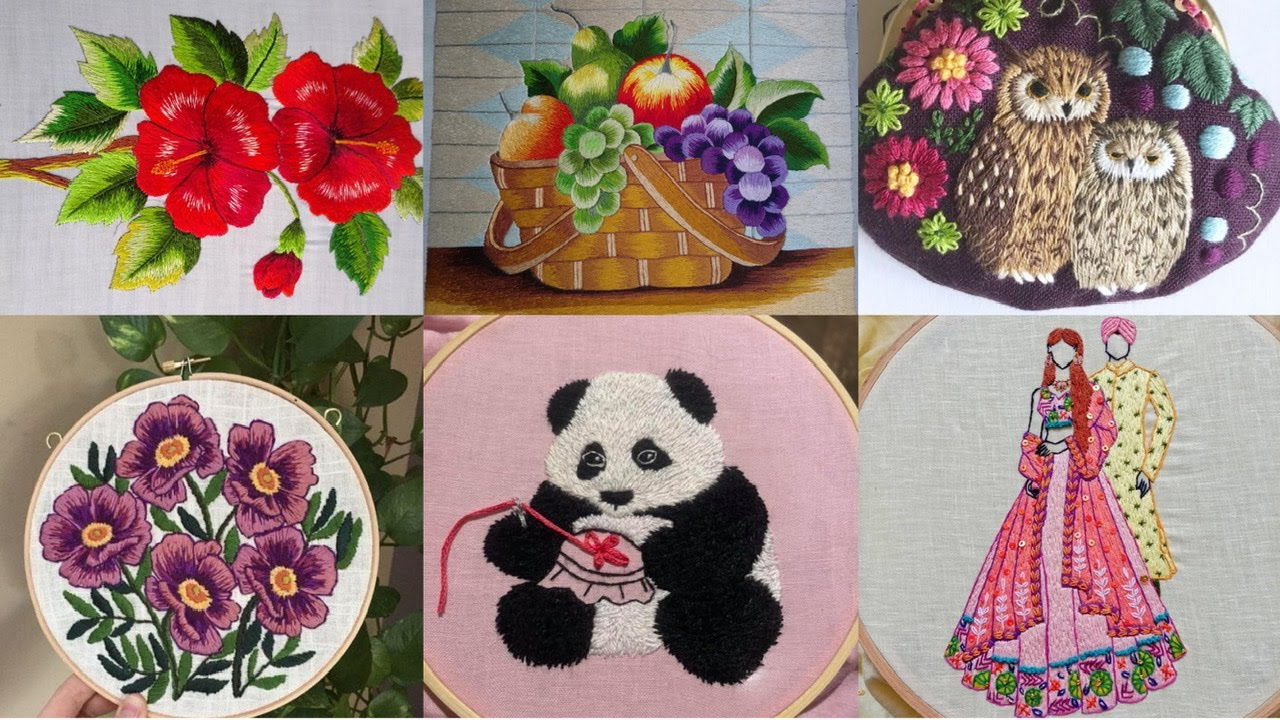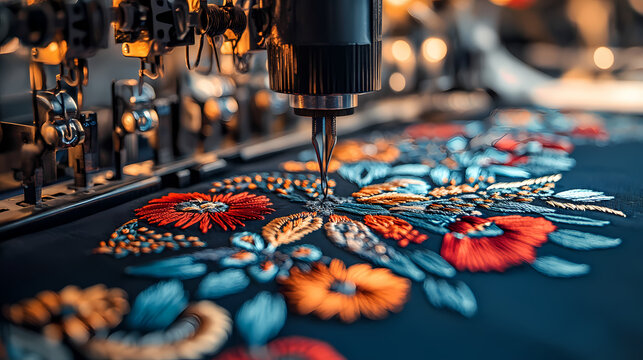Digitizer for Embroidery

Strong 8k brings an ultra-HD IPTV experience to your living room and your pocket.
Digitizer for Embroidery: A Complete Guide
Embroidery has transitioned from traditional hand-stitching to sophisticated machine-driven processes. A Digitizer for embroidery is essential for transforming artwork into digital stitch files that embroidery machines can accurately interpret and execute.
What Is a Digitizer for Embroidery?
A digitizer for embroidery refers to both specialized software and the professionals who convert images into machine-readable embroidery files. This process requires precise stitch placement, density control, and path optimization to ensure a clean and high-quality embroidery result. Proper digitizing helps prevent design distortions, thread breakages, and inefficient stitching sequences, leading to a polished and professional final product.
How Does a Digitizer for Embroidery Work?
The embroidery digitizing process involves several key steps:
1. Image Preparation – The original artwork is refined and imported into digitizing software. This step ensures that the image is clean, high resolution, and suitable for embroidery.
2. Stitch Mapping – The digitizer assigns stitch types, angles, and directions based on the design and fabric type. Stitch selection plays a crucial role in the final look and durability of the embroidery.
3. Path Optimization – Efficient stitch sequencing minimizes thread breaks and enhances embroidery quality. Proper sequencing ensures that overlapping stitches are arranged correctly to prevent excessive bulk.
4. Machine Compatibility – The final stitch file is converted into a format compatible with embroidery machines. Different brands and models use various file types, making this step essential for smooth operation.
5. Testing & Adjustments – A test run ensures the design stitches out correctly before full production. Test embroidery helps to identify and correct any flaws in the digitized file.
Top Embroidery Digitizing Software
Choosing the right digitizer for embroidery software depends on expertise and project requirements. Popular options include:
1. Wilcom Embroidery Studio – Industry-leading software with advanced features used by professionals worldwide.
2. Hatch Embroidery – Intuitive and beginner-friendly digitizing software offering powerful customization tools.
3. Brother PE-Design – Tailored for Brother embroidery machines, making it an excellent choice for those using that brand.
4. Embird – A modular software solution for custom embroidery designs, providing flexibility to expand features as needed.
5. Ink/Stitch – Free, open-source software for embroidery digitizing, ideal for hobbyists and small-scale embroiderers.
Benefits of Using a Digitizer for Embroidery
Investing in quality embroidery digitizing ensures:
1. Precision Stitching – Clean, well-aligned embroidery with minimal thread trims. A well-digitized file ensures that the final product looks professional and sharp.
2. Fabric Adaptability – Proper stitch density prevents fabric distortion and puckering, maintaining the integrity of the material.
3.Efficiency – Optimized stitching paths reduce production time, making embroidery projects more cost-effective.
4.Machine Compatibility – Versatile file formats support various embroidery machines, ensuring smooth operations across different setups.
Manual vs. Automatic Digitizing
Embroidery digitizing can be done manually or through automatic software functions.
1. Manual Digitizing – A skilled digitizer carefully assigns each stitch, controlling every aspect of the design. This method yields superior results but requires experience and attention to detail.
2. Automatic Digitizing – Some software allows for automatic conversion of images into embroidery files. While this method is faster, it often lacks precision and requires manual tweaking to achieve optimal quality.
Hiring a Professional Digitizer for Embroidery
If you prefer outsourcing, working with a professional digitizer for embroidery can save time and enhance results. Look for professionals with:
1. Extensive experience in embroidery digitizing – The more experience a digitizer has, the better they understand fabric behaviors, stitch techniques, and machine limitations.
2. Positive customer reviews and a strong portfolio – Reviewing previous work can give insight into a digitizer’s skill level and capabilities.
3. Quick turnaround times and machine format compatibility – Ensure that the professional can provide files in the correct format for your embroidery machine and meet deadlines effectively.
Common Challenges in Embroidery Digitizing
While digitizing embroidery files can be highly rewarding, it also presents some challenges, such as:
1. Incorrect Stitch Density – Too many stitches in one area can create stiffness or fabric distortion, while too few stitches can make the design look sparse.
2. Thread Breaks – Poor stitch sequencing can cause frequent thread breaks, slowing down production and compromising quality.
3. Fabric-Specific Adjustments – Different fabrics, such as cotton, silk, or denim, require specific digitizing techniques to prevent damage and ensure a smooth embroidery process.
Conclusion
A digitizer for embroidery is an indispensable tool for producing high-quality Embroidered designs. Whether using digitizing software or hiring a professional, the right approach ensures precision, efficiency, and flawless embroidery output. By understanding the digitizing process, selecting the right software, and addressing common challenges, you can create embroidery designs that are both visually stunning and technically sound.
Note: IndiBlogHub features both user-submitted and editorial content. We do not verify third-party contributions. Read our Disclaimer and Privacy Policyfor details.



